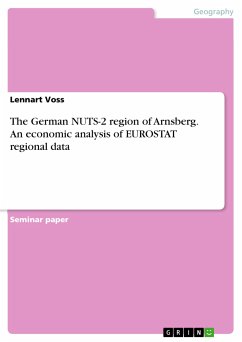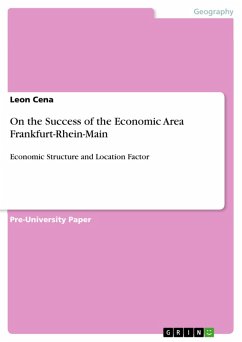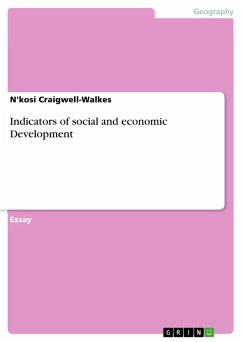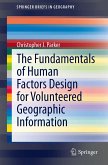Seminar paper from the year 2004 in the subject Geography / Earth Science - Economic Geography, grade: A, Canisius College, course: GIS und Anwendung, language: English, abstract: Introduction This analysis focuses on the region Ruhrgebiet, especially Dortmund, in Germany. The coal and steel industry was Dortmund’s major income generator and the manufacturing industry served as important employer. Over the last 40 years, manufacturing lost its value and many people got unemployed. Dortmund, as flagship in the Ruhrgebiet, suffered from the structural change. It had to cope for many decades with the image of a dirty town without perspective. The main problem was that many of the unemployed people had worked for many decades in the manufacturing and mining firms. Their health conditions were often very bad and their educational level was low which led to the challenge to integrate these citizens into other jobs. Dortmund enforced re-education and invested huge amounts of money in universities and colleges. A well-educated young workforce was meant to add welfare to all citizens. The whole area followed this concept. Recently Dortmund was able to attract new firms from service and new-technology sectors. It became the role model for structural change, especially in micro technology, IT-services, and insurance services. The major idea behind this paper is to analyse Dortmund’s development and the way out of the vicious circle. An area without perspective will loose its young workforce and therefore its future. Firms will invest in other cities and unemployment will increase. This paper will relate spatial similarities between the German Ruhrgebiet and the USA in general. I will also present a brief discussion about Buffalo and its economic development. The focus is on governmental influence, educational influence, and geographical influence on the situation both cities faced. Are the cities comparable? What did Dortmund better then Buffalo? Is there still hope, or is it better for college graduates to leave Buffalo.









